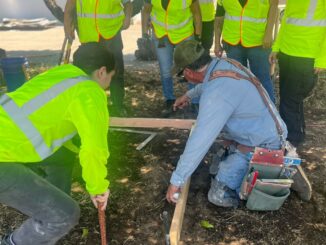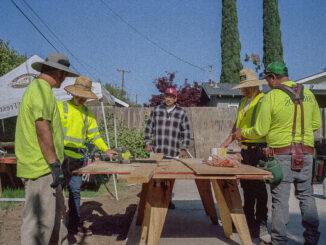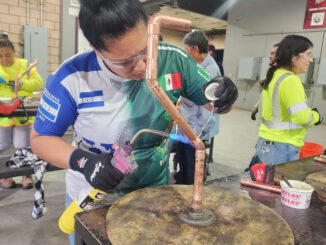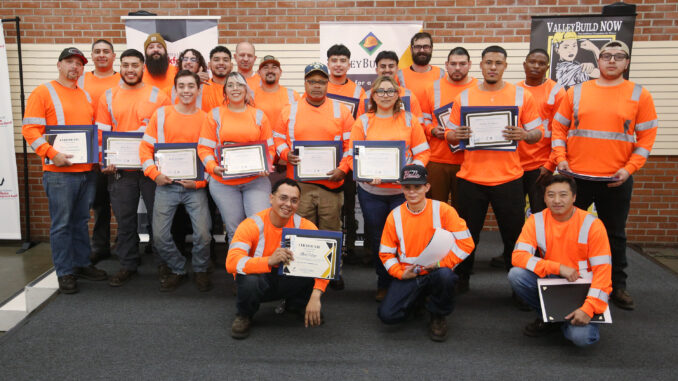
by Raul Clement
Finding a high-paying job without a college degree can be challenging, particularly in rural areas.
In recent years, a program called ValleyBuild has aimed to rectify this.
ValleyBuild unites California workforce boards with construction trades across 14 counties to prepare candidates for trade union apprenticeships. Spanning from Bakersfield to Stockton, these local chapters of ValleyBuild help people in under-served communities find a living wage in construction trades while leaving open the possibility for career advancement.
“Our No. 1 goal is to get them a union placement because we know that they’re going to be taken care of and have amazing benefits,” says Beatriz Lopez, ValleyBuild Coordinator for the Fresno area. “That’s not common in areas like this. There’s a lot of low income.”
ValleyBuild is a Multi-Craft Core Curriculum pre-apprenticeship program—known as MC3—that lasts anywhere from four to 10 weeks. It exposes its participants to safety training like OSHA 30, CPR/first aid, heavy machinery operation and the transportation of hazardous materials. Participants also learn soft skills like interviewing and resume building.
Most importantly, they get to meet with local trade unions.
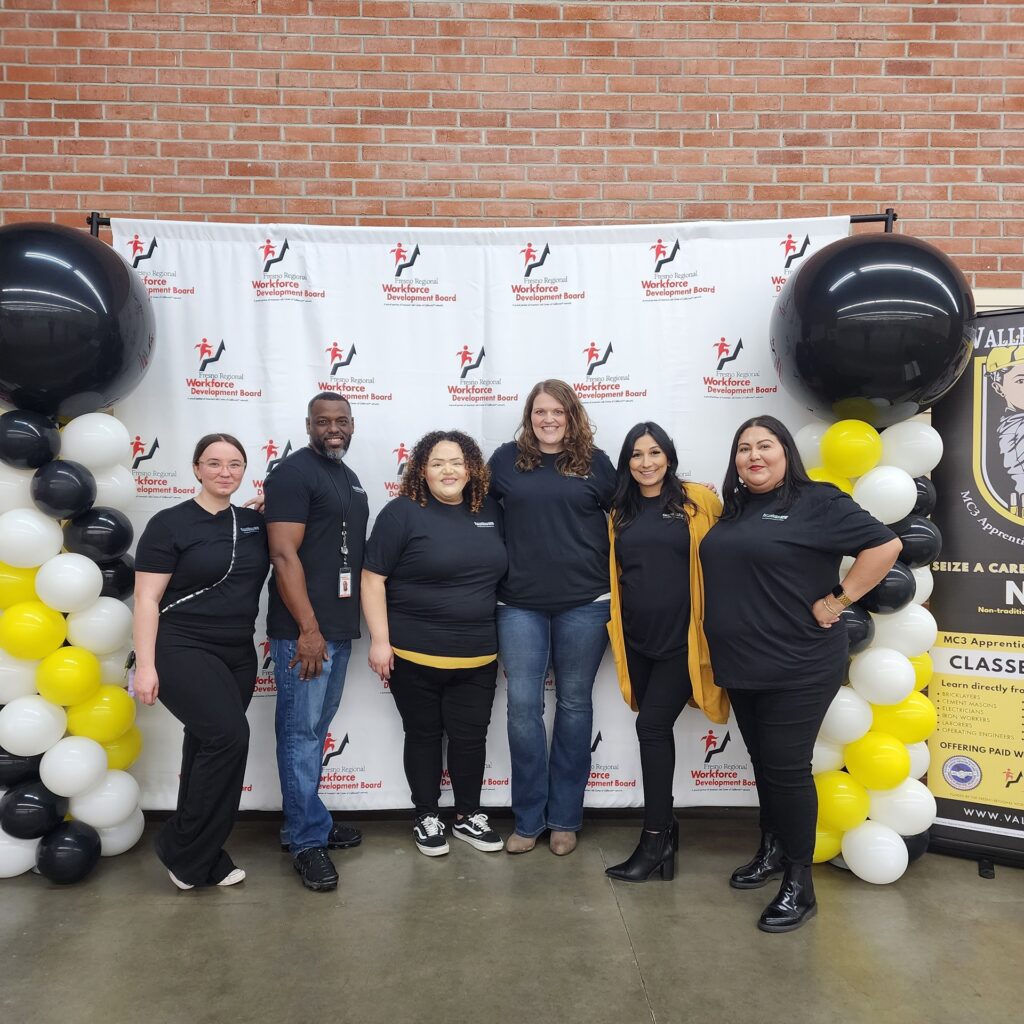
Photo courtesy of FRWDB
“We have the various unions come out and speak with the participants and kind of do a career day,” says James Hanson, ValleyBuild Coordinator in the Mother Lode area. “From 8-9 they’re speaking with the plumbers, from 9-10 they’re speaking with heavy equipment, from 10-11 they’re speaking with the laborers. They get to understand what the requirements for entry look like, what the dues or membership fees look like and what the assessments look like for all of the various unions.”
The basic requirements to participate in ValleyBuild are simple. The applicant must be 18 years of age and have a high school diploma. In some areas, a valid driver’s license and transportation are required.
But ValleyBuild is all about breaking down employment barriers. ValleyBuild participants can receive wraparound services that help them navigate the financial and practical difficulties of participating in a multi-week training program.
“We provide them with a brand new pair of work boots,” says David Hudgins, ValleyBuild Coordinator for the Kern County area. “We provide them with all their Personal Protective Equipment. We give them a fuel incentive. We also have stipends depending on the size of your family. We’ve got childcare available for them while they’re in class. We want to remove as many obstacles as possible.”
Another way ValleyBuild breaks down barriers is through the demographics they target. Recently, ValleyBuild has added ValleyBuild NOW, a version of the program geared toward women. In Fresno, two cohorts have graduated and have gone on to achieve high levels of placement in the industry, helping to narrow the gender gap in a male-dominated field.
“Let’s say you have a single mom. A welfare-to-work participant, state benefits. Struggling. Public housing, Section 8. She exits the program and is immediately making $28.50 an hour because she’s out on a job site operating a water truck. She can now provide for her family without assistance.”
James Hanson, ValleyBuild Coordinator in the Mother Lode area
“It’s been fantastic,” Lopez says. “We’ve had plumbers come out of ValleyBuild NOW. We’ve had sheet metal workers. We’ve had bricklayers and cement masons. They’re welcomed, and the trades are super-excited and inviting. They want to make sure that it’s possible for these women to be a part of it.”
But the efforts at equitable placement don’t stop there. James Hanson visits prisons and rehab centers, hoping to help people looking for a second chance at success.
“There’s a humanistic element to it,” Hanson says. “I think that’s an important thing to stress about the program. Let’s say you have a single mom. A welfare-to-work participant, state benefits. Struggling. Public housing, Section 8. She exits the program and is immediately making $28.50 an hour because she’s out on a job site operating a water truck. She can now provide for her family without assistance. She sees that after X amount of hours, she will be able to journey out and make $40 an hour. There’s light at the end of the tunnel. Success stories like that are amazing.”
Lopez agrees. “The work is out there. Being able to facilitate the training process is incredible. I absolutely love this.”
To learn more about the ValleyBuild program and its training opportunities, visit https://valleybuild.net. To learn more about the Fresno Regional Workforce Development Board, visit https://frwdb.net/.

